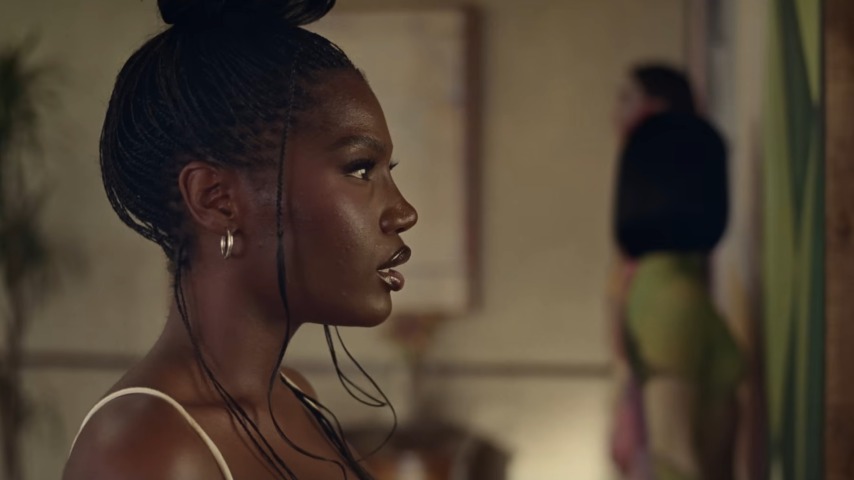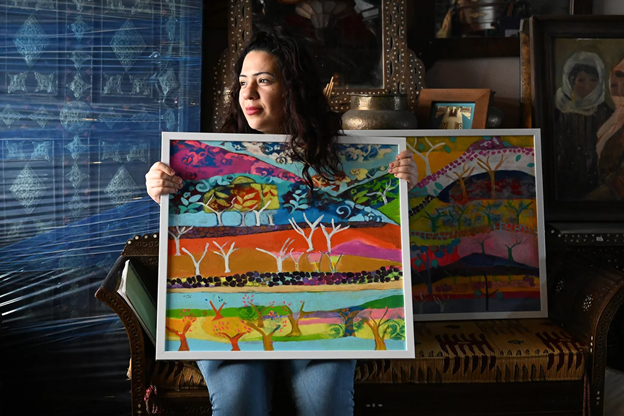Many of us remember elementary school celebrations, where each child brought in small gifts to share with classmates. Some gifts were candy, others were stickers, and many were handwritten cards.
While candy and stickers sparked excitement, handwritten cards were things to cherish, reflecting the holiday’s origins over 300 years ago. But in 2024, Americans spent $25.8 billion on Valentine’s Day shopping, according to Capital One Shopping, showing how the holiday has become all about the money.
According to History.com, “by the middle of the 18th century, it was common for friends and lovers of all social classes to exchange small tokens of affection or handwritten notes.” By 1900, printed cards began to replace handwritten letters due to advancements in printing technology. The first Hallmark card was produced in 1913, marking the start of the holiday’s capitalistic transformation.
Throughout the 20th century, companies began creating products specifically for Valentine’s Day, notably conversation hearts. Invented by Oliver Chase to turn medication into lozenges, his brother Daniel Chase later stamped letters onto the candy and shaped it into hearts, boosting its popularity through clever marketing.
While conversation hearts are synonymous with Valentine’s Day, over 30 candy companies produce special edition Valentine’s-themed treats to capitalize on the holiday.
These developments illustrate how much Valentine’s Day evolved from a heartfelt celebration to a marketing bonanza reflecting capitalistic ideals. This year, instead of purchasing gifts for your friends and family, maybe try to handcraft something to let people truly feel your love.









